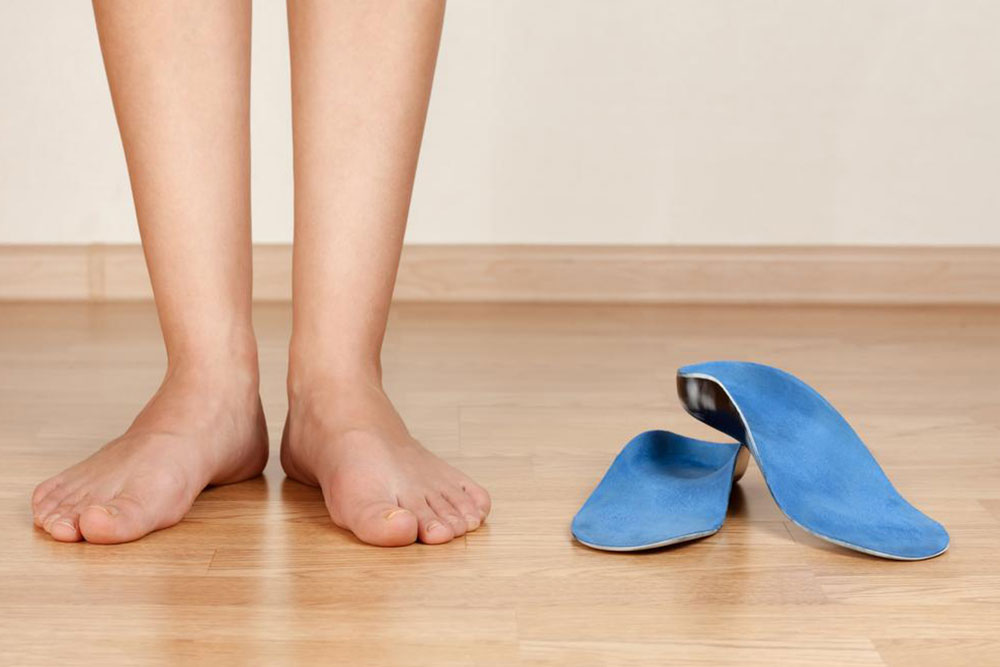Comprehensive Overview of Orthotic Device Categories and Their Applications
This comprehensive article explores the different categories of orthotic devices, including supportive, comfort, and cognitive support orthoses. It details their design, applications, and recent technological advances, highlighting their vital role in improving mobility and supporting various health conditions. The article emphasizes personalized treatment approaches and future innovations in orthotic technology, offering valuable insights for healthcare professionals and patients seeking effective orthotic solutions to enhance physical and cognitive wellbeing.

Comprehensive Overview of Orthotic Device Categories and Their Applications
Orthotic devices, originating from the Greek word related to straightening or aligning, represent a vital aspect of medical interventions aimed at improving physical health and mobility. These external devices are meticulously designed to support, correct, or enhance the functioning of the skeletal and neuromuscular systems. Orthotics are used across various healthcare settings to address a wide range of conditions, from deformities and injuries to neurological impairments. The development and application of orthotic devices require the expertise of specialized professionals known as orthotists. These specialists assess individual patient needs, create precise prescriptions, oversee the manufacturing process, and ensure proper fitting of orthoses to maximize therapeutic benefits.
In the realm of orthotic devices, several key categories serve specific functions tailored to individual conditions. Understanding these categories helps both healthcare providers and patients to select appropriate interventions for optimal outcomes. The primary classifications include supportive orthotics, comfort orthotics, and cognitive support devices. Each category is uniquely designed to address particular needs and enhance the quality of life for users through targeted support and correction.
Supportive Orthotics: Enhancing Structural Stability and Preventing Injury
Supportive orthotics constitute the most widely recognized class within orthotic interventions. These devices are mainly crafted to improve abnormal foot biomechanics and provide stability during movement. They are typically made from durable supportive plastics or advanced composite materials that offer stiffness and resilience. This category plays a crucial role in preventing and managing common foot and ankle deformities, such as overpronation, flatfoot, or plantar fasciitis.
The design of supportive orthotics aims to correct misalignments and distribute pressure evenly across the foot, reducing stress on joints and soft tissues. They support critical areas, including the subtalar joint, rearfoot, and midfoot, ensuring proper alignment during walking or running. By stabilizing these regions, supportive orthotics effectively decrease the risk of overuse injuries, stress fractures, and other musculoskeletal problems related to improper gait mechanics. Athletes and individuals with physically demanding lifestyles often benefit greatly from these devices, which enhance performance while reducing injury risk.
In clinical practice, supportive orthotics are frequently prescribed for conditions like plantar fasciitis, Achilles tendinitis, flat feet, and certain post-surgical recovery scenarios. Their customization involves detailed assessments, including gait analysis and pressure mapping, to tailor the device to the patient's specific biomechanical needs. Advances in materials science and manufacturing technologies, such as 3D printing, have allowed for increasingly precise and comfortable supportive orthoses, improving both compliance and outcomes.
Comfort Orthotics: Designed for Mild Discomfort and Gait Correction
While supportive orthotics focus on structural correction, comfort orthotics prioritize ease of wear and relief from mild discomfort arising from everyday activities or minor deformities. Crafted from softer, more pliable materials like EVA foam, gel inserts, or thermoplastics, these devices provide cushioning and mild support where needed.
Comfort orthotics are particularly effective in alleviating symptoms such as fatigue, soreness, or minor biomechanical irregularities that do not require extensive correction. They are often used to address issues like toe-in or toe-out walking patterns, minor bunions, or metatarsus adductus. In addition to providing comfort, these orthotics can help realign gait mechanics subtly, preventing the development of more serious problems over time.
Common applications include insoles for shoes, gait plates, night splints, and splints for specific conditions like toe deformities or hip rotations. The key benefit lies in their ability to offer immediate relief and improve comfort, encouraging consistent use, which is crucial for long-term health benefits. Patient feedback and ongoing adjustments ensure these orthotics provide the optimal balance of support and softness for individual needs.
Advances in Cognitive Support Devices: Merging Technology with Orthotics
Beyond the traditional physical support roles, recent technological advancements have led to the development of cognitive support devices integrated with orthotic systems. These innovative tools are designed to assist individuals with cognitive impairments, such as memory deficits, confusion, or neurological injuries like brain trauma or stroke. As part of a broader therapeutic approach, these devices leverage digital technology, artificial intelligence, and personalized programming to promote independence and safety in daily life.
Modern cognitive orthotic systems often encompass sophisticated software, wearable sensors, and smart interfaces. For example, digital assistants integrated into orthoses can remind users of daily tasks, medication schedules, or appointments. AI-driven systems can analyze movement patterns, detect anomalies, and provide real-time feedback or alerts to caregivers and users alike.
These tools are especially beneficial for individuals recovering from brain injuries or living with neurodegenerative conditions such as Alzheimer's disease. They support users through personalized routines, memory aids, and safety alerts that help reduce the risk of accidents or wandering. Moreover, these devices contribute significantly to improving quality of life by fostering autonomy, decreasing dependence on caregivers, and encouraging active participation in daily activities.
As the technology evolves, future iterations of cognitive orthotic devices are expected to incorporate even more advanced features, such as voice-activated controls, machine learning algorithms, and seamless integration with smart home environments. This innovation marks a new frontier in orthotics, seamlessly combining biomechanical support with cognitive assistance to offer comprehensive solutions for complex health needs.
In conclusion, orthotic devices encompass a broad spectrum of tools designed to improve mobility, support, and overall health. From traditional supportive devices to innovative cognitive support systems, each category plays a crucial role in modern healthcare. Ongoing research, technological innovation, and personalized care approaches continue to expand the possibilities within this field, ultimately enhancing patients’ functional abilities and quality of life across diverse medical conditions.





